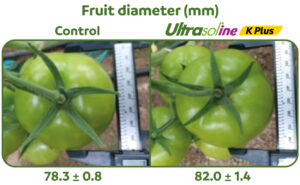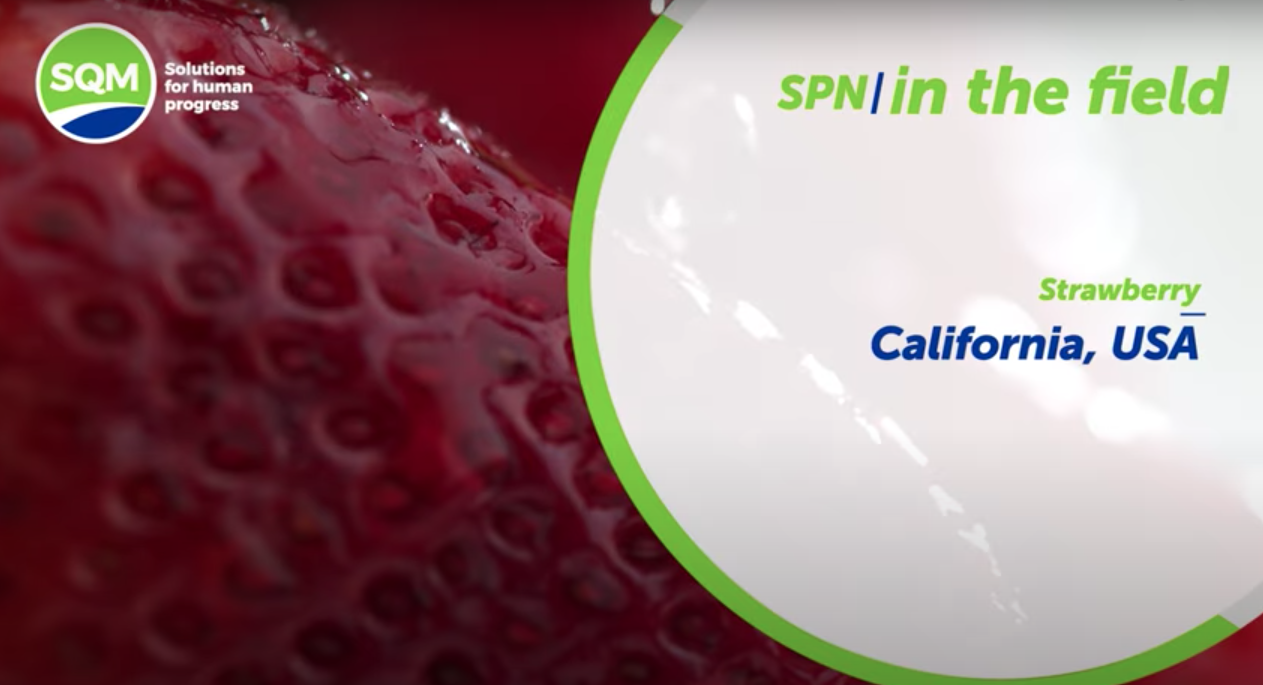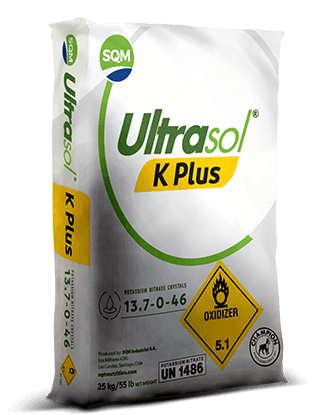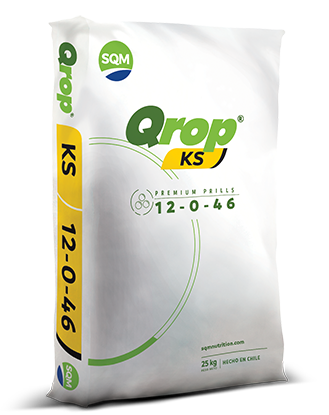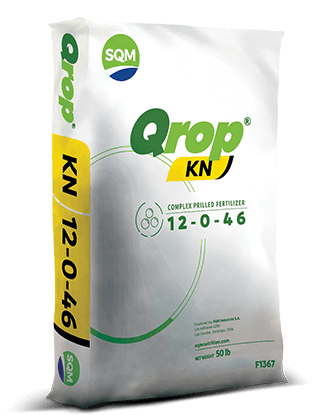Potassium nitrate is a safe source of nitrogen
The effect of ammonium on plant growth and plant nutrient content was reviewed using trial results on a variety of crops grown in fertigated soil-less cultures.
In soil-grown crops, rate of nitrification in the soil is very quick under normal conditions, and ammonium fertilizer is nitrified within a week. As a result nitrate is the main N-source for field crops.
Conditions such as low temperatures, acid soils and extensive leaching prevent nitrification or favor accumulation of NH4+ ions in the soil. This leads to acidification of the root environment and decrease in uptake of divalent cations such as Ca2+ and Mg2+.
Effect of N-source on transport of N
Introduction of soilless culture systems with substrates of very low buffer capacity have emphasized the importance of theoretical knowledge on effects of ammonium-based nutrition for commercial vegetable production. Fertigation by drip-lines supplies the plant with various nitrate:ammonium ratios according to the type of fertilizer used. NH4+ is mainly metabolized to organic compounds in the root and the nitrogen is transported to the leaves in these compounds. In contrast, NO3- is transported as anion to the leaves and metabolized there.
As a consequence, translocation of nitrogen in metabolites after uptake of NH4+ in the root is less affected by root temperature than transport of nitrogen as NO3-, which is limited at low temperature. This may explain better performance of fertigation containing both nitrate sources compared to nitrate only, at lower temperatures. Trials reviewed in this paper show that crops vary in their response to nitrate:ammonium ratios, mainly due to differences in tolerance to higher concentration of nitrogen supplied with ammonium: for instance tomato thrives when ratio of ammonium is maximally 50%, while Chinese cabbage may die in the presence of 5 mM ammonium.
Ammonium induced damage due to carbohydrate consumption at high temperatures
In strawberries, fertigation with NH4+ as sole nitrogen source led to increasing damage in the root system at increasing root temperatures, culminating in root death at 32oC. Additionally, in these plants lower soluble sugar content in both root and crown was observed at all temperatures in a range of 10-32oC, compared to plants fertigated with NO3- as sole nitrogen source. This negative impact of NH4+ on the soluble sugar content was more evident in the roots. The actual concentration of soluble sugars in the roots is the balance between supply and consumption.
Root deterioration caused by NH4+ seems due to a combination of increased oxygen consumption, increased carbohydrate consumption and location of the metabolism of NH4+ in the root. At higher temperatures, the potential for root damage is aggravated by a higher need for sugar for the NH4+ metabolism than can be supplied by photosynthesis. Respiration rates at higher temperatures are increased, soluble oxygen is low, and in addition, O2and carbohydrate demand in the plant for other metabolic processes competes with the demand created by NH4+metabolism.
The authors conclude that ammonium is potentially harmful for the crop at high temperatures, though safe at lower temperatures. The key factor deciding suitability of ammonium for a crop is the balance of the rate of sugars transported to the roots minus the demand for root respiration. As long as sugar reserves and supply are available in the root, NH4+ can serve as source of N, but at higher consumption of sugars in the roots, NO3 is better source.
Effect of N-source on uptake of divalent ions (Ca2+, Mg2+)
The same conditions in the soil that prevent nitrification and favor ammonium accumulation (low temperature, acidity and extensive leaching), can cause a decrease in calcium and magnesium in plants grown under these conditions. The ammonium ion has a positive charge and thus it competes with these divalent cations when taken up by the plant. In all crops included in this review, ammonium or low pH reduced the plants calcium and magnesium content compared to nitrate fed plants. For example, in tomato, the content of Ca2+ and Mg2+ in the shoot increased with an increasing relative concentration of NO3-, at all temperatures.





